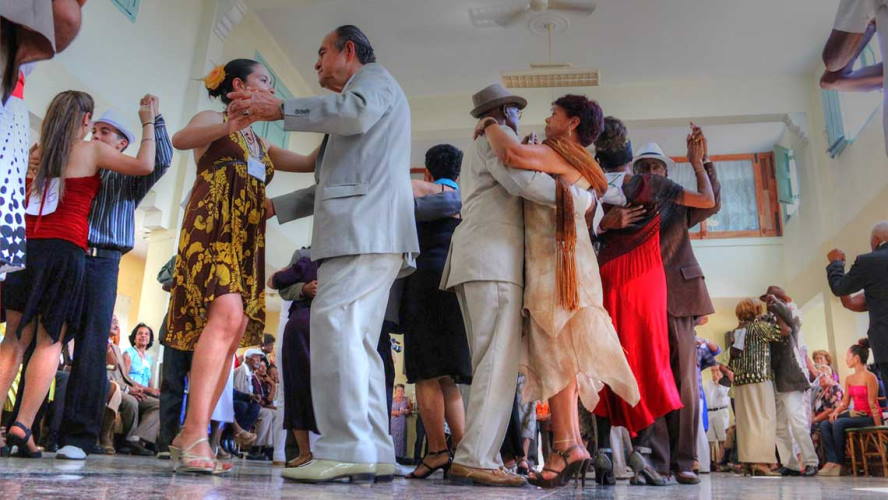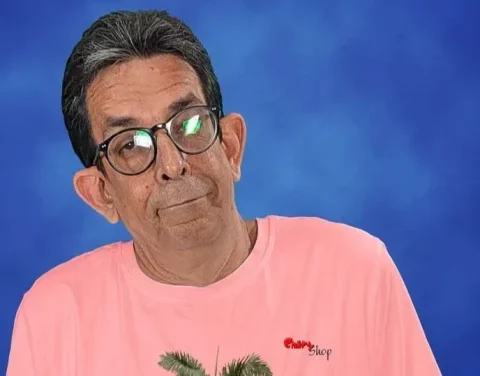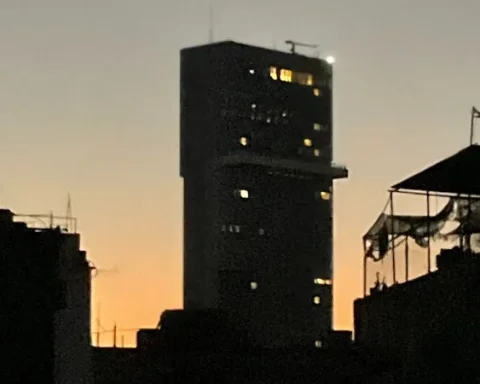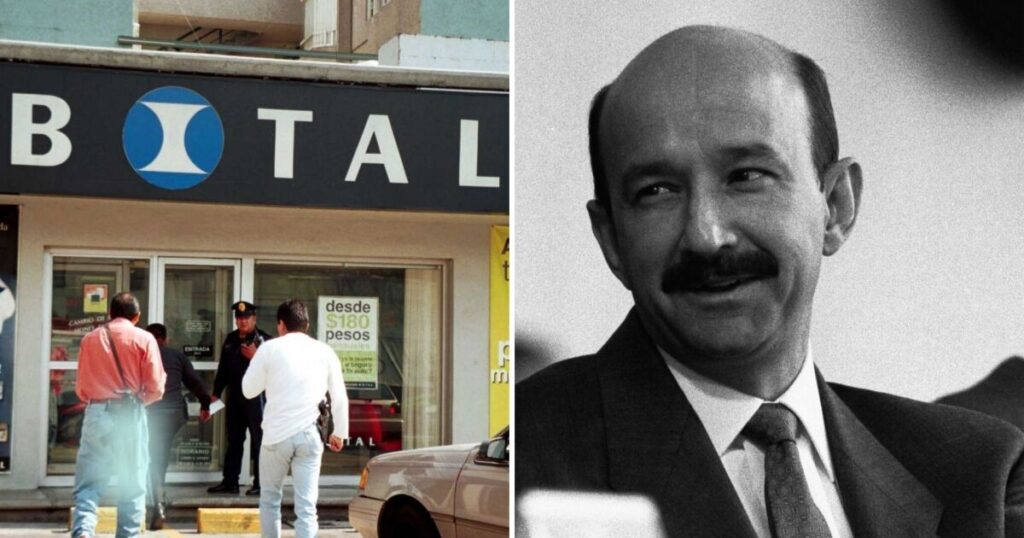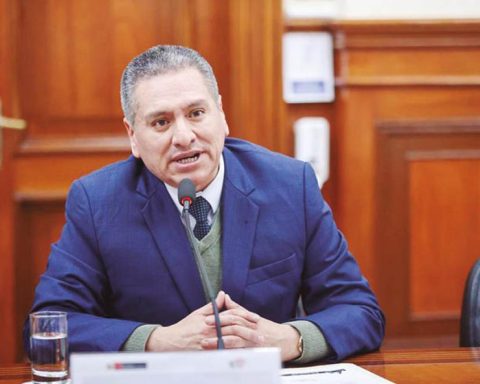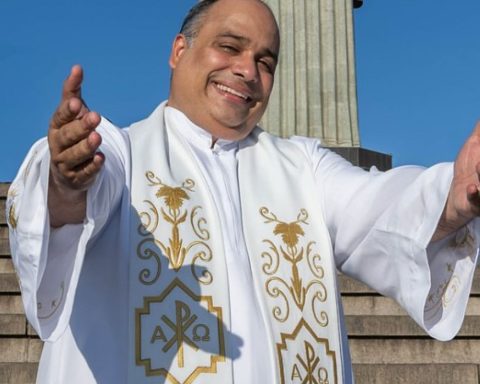Havana Cuba. — The most important musical genres of the American continent, all with a strong African component, come from the United States, Brazil and Cuba and are present, in one way or another, in almost all the dance music that has been made in the world in recent years. last 200 years.
In the case of Cuban music, it has influenced not only salsa, which is a very high percentage of Cuban son, but also jazz —and not only Dizzy Gillespie’s cubop— and rock, beginning with some of the first pieces of Beatleswhere the bolero and the chachachá are perceived.
For a long time, Mexico, where the danzón and the bolero were deeply rooted, disputed with Cuba the belonging of these two genres, especially the bolero.
Mexico had emblematic bolero composers: Agustín Lara, Roberto Cantoral, Luis Demetrio, Alberto Domínguez and Armando Manzanero, and performers such as Pedro Vargas, Toña La Negra and Luis Miguel, among others, but the first bolero recorded in history was Sadness, and it was composed in 1868 by a Cuban, the Santiago musician José “Pepe” Sánchez.
It was in Cuba where the classic accompaniment of the bolero with guitars and percussion originated, in the second half of the 19th century, used by the most outstanding interpreters of the genre in its original form, such as the Matamoros TrioMaria Theresa Vera The PanchosHernando Aviles and Jose Feliciano.
The bolero has nothing to do with the 18th century Spanish dance of the same name. The Spanish bolero, with tambourine and castanets, was played in 3/4 triple time, and the Cuban in 4/4, or often 2/4, with a different melody and rhythmic cell, and always sad, by dint of trying to the sorrows of love
William Cabrera Infantewho never tired of celebrating the triumph of the lyrics over the melody in the bolero, accurately defined it as “a song with rhythm, that can be danced to, that has changed measure throughout its history, discarding beats just like a snake the skin”.
As for the danzón, as much as it is loved and danced in Veracruz and Yucatán, it is not from there but from Cuba: the first danzón, Simpson’s Heightswas composed in 1879 by the Cuban Miguel Faílde, who premiered it, with his orchestra, that same year, at the Liceo in his native Matanzas.
The danzón would reach its maximum popularity in the 1920s, before being displaced by the son in the preference of the dancers.
The danzón resulted from the mixture of the African element with the European contradanzas that began to arrive in Cuba after the capture of Havana by the English in 1762 and the exodus of French settlers motivated by the Haitian revolution.
By the way, the mixture of the French contradanza with African elements that occurred both in Cuba and in Louisiana is due to that familiar air that is perceived between the danzón and Cajun music, certain pieces of ragtime and early Dixieland, in which several Cuban musicians based in New Orleans made themselves felt, who contributed the spanish tinge that the pianist Jelly Roll Morton said.
As unusual as it may seem to some, the tango originated from a genre of Cuban music, the habanera.
Cabrera Infante used to say (let me quote one of my favorite writers again): “Tango is nothing more than a habanera with an Argentine accent”. And Jorge Luis Borges affirmed that “the habanera is the mother of tango”.
To the ears of some, the habanera and the tango may sound white, but in both, with a slow rhythm and binary rhythm, one feels, in the obsessive bass beat, echoes of the tango congo, of Bantu origin.
Congo tango reached the Río de la Plata (Argentina and Uruguay) with African slaves, who, like those brought to Cuba, came mainly from the Congo and the coast of the Gulf of Guinea.
Much has been discussed about whether Hispanic or African ingredients prevailed in tango. In this regard, the Argentine essayist José Gobello considered that “the discussion is rather idle, because the Hispanic ingredients in question also had their share of black blood.”
Tango, closely related to the habanera, along with candombe and malambo, is part of the same musical family with African roots.
Returning to habaneras, paradoxically they were more popular in Spain than in Cuba, where they fell into disuse. Only in recent years, singer-songwriter Liuba María Hevia has ventured into the genre, on records habaneras in timefrom 1995, and Angel and Habanerafrom 2004.
It was not Cubans, but Spanish and French who popularized habaneras in the world. The most outstanding were the Basque Sebastián Iradier, author of Dovethe best known of the habaneras, and the Frenchman Georges Bizet, with the famous habanera from the opera Carmen.
The Spanish Isaac Albéniz and Manuel de Falla also used habaneras in their compositions, and the French Maurice Ravel, in the Habanera for two pianosincluded in your Spanish Rhapsody.
By the way, since we are talking about Ravel, his famous Bolero it is a long and hypnotic ostinato that has very little to do with the bolero as such.
OPINION ARTICLE
The opinions expressed in this article are the sole responsibility of the issuer and do not necessarily represent the opinion of CubaNet.
Receive information from CubaNet on your cell phone through WhatsApp. Send us a message with the word “CUBA” on the phone +1 (786) 316-2072, You can also subscribe to our electronic newsletter by giving click here.
